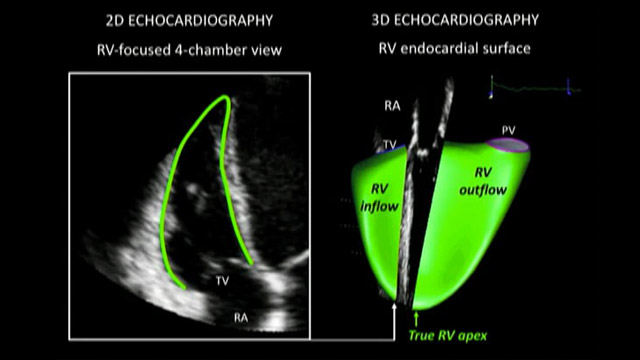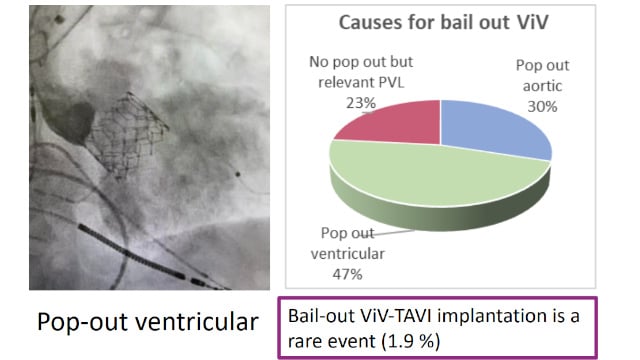3625 results for «2113»
3625 results
The right ventricle - Key determinant of tricuspid procedural planning and clinical outcomes
26 Nov 2024 – From PCR London Valves 2024
Looking to know more about the role of the right ventricle in the pathophysiology of tricuspid regurgitation? Don’t miss this video!
You’ll learn how to assess RV function and morphology with advanced imaging, uncover key parameters that predict outcomes, understand how RV remodeling impacts procedural success, and...

Multivalve disease: defining pathways for optimal assessment and treatment in the absence of good clinical evidence
26 Nov 2024 – From PCR London Valves 2024
Curious about managing multivalve disease in the absence of robust clinical evidence? This video is a must-watch!
You'll explore the latest strategies for assessing and treating this condition (including advanced multimodality investigations like echocardiography, magnetic resonance and cardiac catheterisation), and learn how to evaluate cardiopulmonary interactions and...

Featured research - Aortic valve (Part 11)
26 Nov 2024 – From PCR London Valves 2024
Explore the latest advancements in aortic valve research during this featured session, showcasing selected abstracts from the upcoming PCR London Valves 2024 conference. Delve into topics ranging from the long-term outcomes of bailout valve-in-valve TAVI, the performance of the Navitor THV in bicuspid aortic valves, novel...

Drug-coated balloon (DCB) technology: A pioneer’s view of the historical evolution and future directions
08 Jan 2025
In this article, Bruno Scheller explores advances in local drug delivery, from drug-coated balloons to novel antiproliferative agents. These innovations aim to reduce restenosis, minimize permanent implants, and pave the way for patient-specific coronary artery disease treatments.

Author

Future directions of drug-coated balloon angioplasty
06 Feb 2025
Fernando Alfonso and Javier Cuesta discuss the growing role of drug-coated balloons as an alternative to stents in percutaneous coronary interventions. Highlighting advantages like reduced in-stent restenosis, they emphasize the need for robust clinical studies to refine DCB use.

Author

Author



